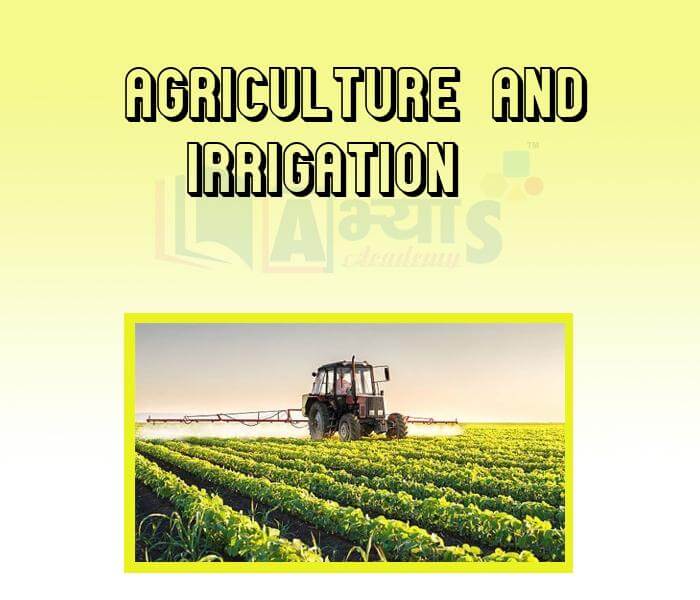Agriculture and Irrigation









Agriculture and Irrigation
Agriculture and Irrigation:
(a) These channels overflow frequently,
(b) depositing fertile soil on their banks.
(c) Water from the channels also provides the necessary moisture for agriculture, particularly the cultivation of rice.
Agriculture had developed earlier in other parts of Tamil Nadu, it was only from the fifth or sixth century that this area was opened up for large – scale cultivation. Forests had to be cleared in some region; land had to leveled in other areas. In the delta region embankments had to be built to prevent flooding and canals had to be constructed to carry water to the fields. In many areas two crops were grown in a year. In many cases it was necessary to water crops artificially. A variety of methods were used for irrigation. In some areas wells were dug. In other places huge tanks were constructed to collect rainwater. Irrigation works require planning – organising labour and resources, maintaining these works and deciding on how water is to be shared. Most of the new rulers, as well as people living in villages, took an active interest in these activities.
Students / Parents Reviews [10]
Abhyas is a complete education Institute. Here extreme care is taken by teacher with the help of regular exam. Extra classes also conducted by the institute, if the student is weak.

Om Umang
10thAbout Abhyas metholodology the teachers are very nice and hardworking toward students.The Centre Head Mrs Anu Sethi is also a brilliant teacher.Abhyas has taught me how to overcome problems and has always taken my doubts and suppoeted me.

Shreya Shrivastava
8thMy experience with Abhyas is very good. I have learnt many things here like vedic maths and reasoning also. Teachers here first take our doubts and then there are assignments to verify our weak points.

Shivam Rana
7thAbhyas Methodology is very good. It is based on according to student and each child manages accordingly to its properly. Methodology has improved the abilities of students to shine them in future.

Manish Kumar
10thA marvelous experience with Abhyas. I am glad to share that my ward has achieved more than enough at the Ambala ABHYAS centre. Years have passed on and more and more he has gained. May the centre flourish and develop day by day by the grace of God.

Archit Segal
7thIt has a great methodology. Students here can get analysis to their test quickly.We can learn easily through PPTs and the testing methods are good. We know that where we have to practice

Barkha Arora
10thIt was good as the experience because as we had come here we had been improved in a such envirnment created here.Extra is taught which is beneficial for future.

Eshan Arora
8thMy experience was very good with Abhyas academy. I am studying here from 6th class and I am satisfied by its results in my life. I improved a lot here ahead of school syllabus.

Ayan Ghosh
8thBeing a parent, I saw my daughter improvement in her studies by seeing a good result in all day to day compititive exam TMO, NSO, IEO etc and as well as studies. I have got a fruitful result from my daughter.

Prisha Gupta
8thIt was a good experience with Abhyas Academy. I even faced problems in starting but slowly and steadily overcomed. Especially reasoning classes helped me a lot.
